Welcome to the first in our series of articles on backyard “on deck” birding! We were fortunate to speak with metro area birding expert Scott Menough, owner with his wife, Sandy, of Wild Birds 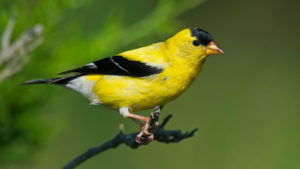 Unlimited in Lakewood since 1989. Scott is the host of BirdTalk radio, which airs Saturdays from noon to 1 p.m. on 710 KNUS and 1690 KDMT, and also hosts a podcast at BirdTalkGuys.com.
Unlimited in Lakewood since 1989. Scott is the host of BirdTalk radio, which airs Saturdays from noon to 1 p.m. on 710 KNUS and 1690 KDMT, and also hosts a podcast at BirdTalkGuys.com.
Perhaps you’ve never thought about attracting more birds to your yard? Well, according to Scott, conditions here are excellent for doing exactly that. “In Colorado we’re very lucky to have a variety of habitat that is attractive to wild birds, some year-round, and some seasonally,” he said.
According to Menough, feathered friends that you can commonly see year-round from your deck include the so-called “house birds” – house sparrows, house finches and house wrens as well as nuthatches, black-capped chickadees, pigeons, woodpeckers, American and lesser goldfinches, robins, doves, magpies and blue jays, among others.
Juncos are more wintertime birds, while those gorgeous, almost magical hummingbirds are here generally from early April through the end of September, and sometimes beyond.
The overall composition of local birds, however, seems to be changing a bit of late.
“We’re seeing more mountain chickadees at lower elevations. If there’s not enough food in the mountains, then they seek out new food sources and come down here. Bushtits used to be found in Southern Colorado and we’re seeing flocks of them around now, year-round, possibly because of climate change,” he said.
“If you ask them (the bushtits),” he joked, “They won’t tell you. They’ve extended their range, essentially. They may lose habitat, but they can easily fly to new habitat.”
The presence of robins and doves year-round is a bit of a different case than other year-round birds.
“Robins are not here year-round individually, but the species is here year-round. The Canadian ones come down in the winter, and the ones that nest with us during the summer head farther south in the winter,” Menough said. “With doves, one species migrates and the other species stays year-round.”
Pigeons, to be perfectly blunt, tend to have “Lots of poop,” Menough said.
“That’s the main reason folks might not want them. They’re also not a native species. They’ve been introduced –folks breed them for their different colors and decorative plumage, and some people race them. They’re bigger birds, so if they come into a feeder it tends to scare more desirable birds away.”
Menough explained that there are four key elements to creating a habitat for wild birds: water, cover or shelter, food and a safe place to raise young.
“Providing these elements can create a bird habitat that you can watch and enjoy from your deck,” he said.
Of course, providing even one or two of these elements will likely attract some birds, it’s entirely up to you how far you want to take it. You can always start off slowly and then add more elements as you want to attract more birds, even targeting particular species with particular types of feeders, food and birdhouses.
When it comes to the first element, water, we’re talking about birdbaths, which are a low-maintenance, easy way to start off.
“While some birds may not come to your birdfeeder, all birds need water, and it can be fun to watch them bathe, too. Robins, for example, they just love water and you can attract them with raisins or dried cranberries or mealworms in specialized feeders, but they especially love water, too,” Menough said.
“One of our most popular deck-mounted birdbaths is a heated birdbath. It requires an electricity source, but it will keep the water unfrozen and attract birds throughout the winter,” he said. “There’s also hanging birdbaths and rail-mounted birdbaths, lots of options for every preference.”
Birdbaths can, of course, also be conveniently placed in your yard which will help to keep your deck free of, well,– “droppings.”
Creating a welcoming and sustainable bird habitat, however, is as much about what you leave out as what you provide.
“Part of creating a wildlife habitat is reducing the use of pesticides. I don’t like to use a “weed and feed” for lawns where the pellets can be eaten by birds. But a liquid herbicide, when it dries, should be generally OK,” Menough said.
“Let birds be your natural insect control. Once you upset the natural balance, then you often get more pests, different kinds of insects than you had before. The good news is that you’ll also see more butterflies this way!”
More birds and butterflies? Well, that sounds like a pretty darn good return on your birdbath.
Keep an eye out for our second half of this series next month!

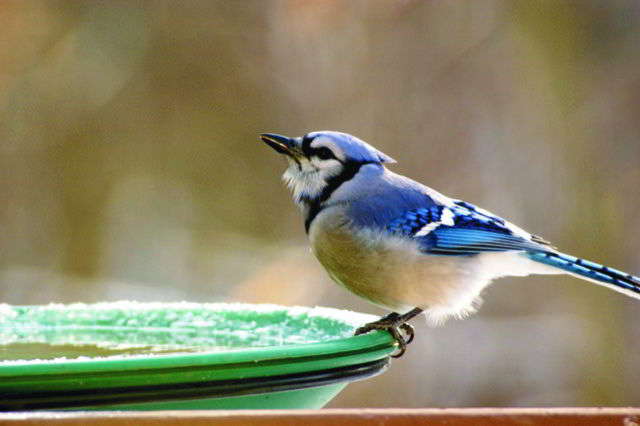
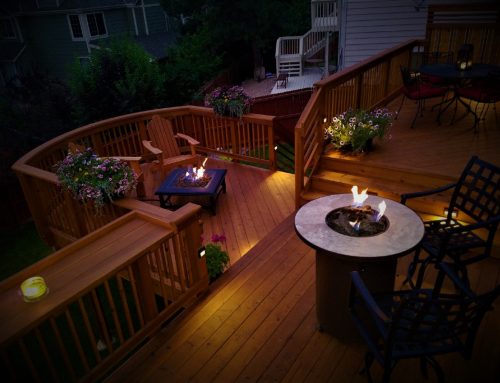
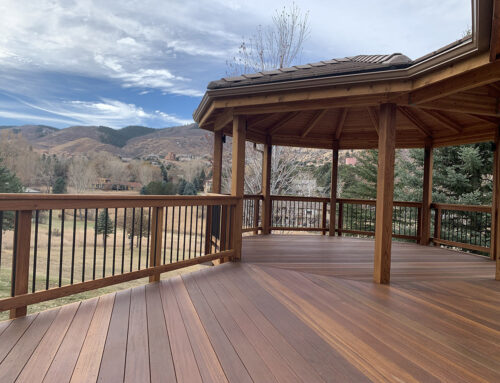
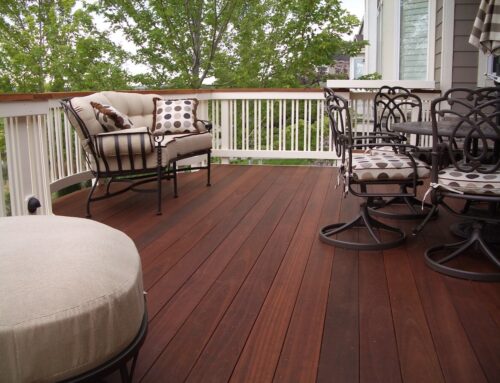
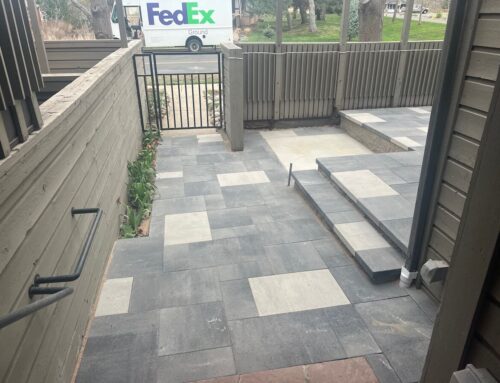

Leave A Comment